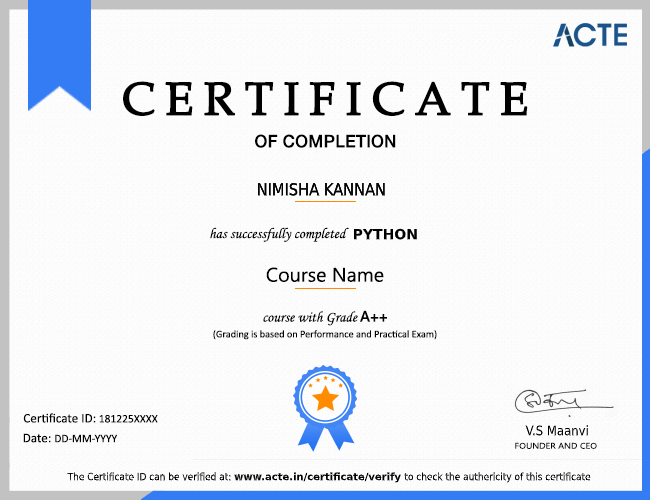Rated #1 Recoginized as the No.1 Institute for MEAN Stack Master Program
Our MEAN Stack Training Program is designed for aspiring developers who want to master the complete development stack for building dynamic web applications.
The MEAN Stack Certification Course equips you with the necessary tools to excel in web development, preparing you for high-demand roles in full-stack development, web application development, and software engineering. Best Mean Stack Course Online provides in-depth training on MongoDB, Express.js, Angular, and Node.js, the four key technologies that make up the MEAN stack.
- Execellent MEAN Stack Certification Online.
- Job Opportunities in MEAN Stack Developer Course.
- Gain Practical Experience through MEAN Stack Training and Placement.
- Cost-Effective, Industry-Driven Curriculum Tailored for Career Advancement.
- Trusted by Over 350+ Leading Enterprises and 11,462+ Graduates Successfully Placed.
- Learn from MEAN Stack Certified Professionals with Over 10+ Years of Industry Experience.
























